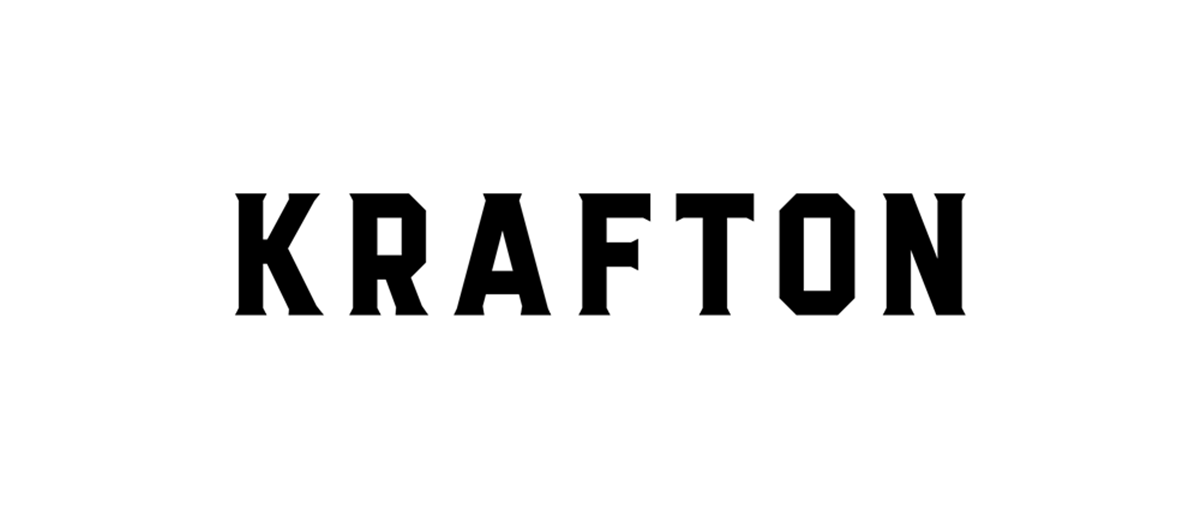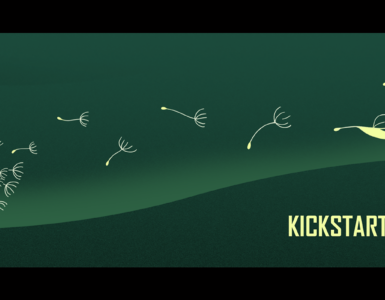An interview with Striking Distance Studios Chief Technical Officer Mark James
Despite his 34 years of experiences, Mark James, the chief technical officer at Striking Distance Studios, says every game and every project is a different challenge to him. He also stressed how much he enjoyed developing on the next-gen consoles that enabled him to do things which haven’t been possible before. Keep reading to learn more about Mark’s stories of making the systems that manage the fear in The Callisto Protocol.
※ This is the last of a series of interviews with Striking Distance Studios C-staff members.
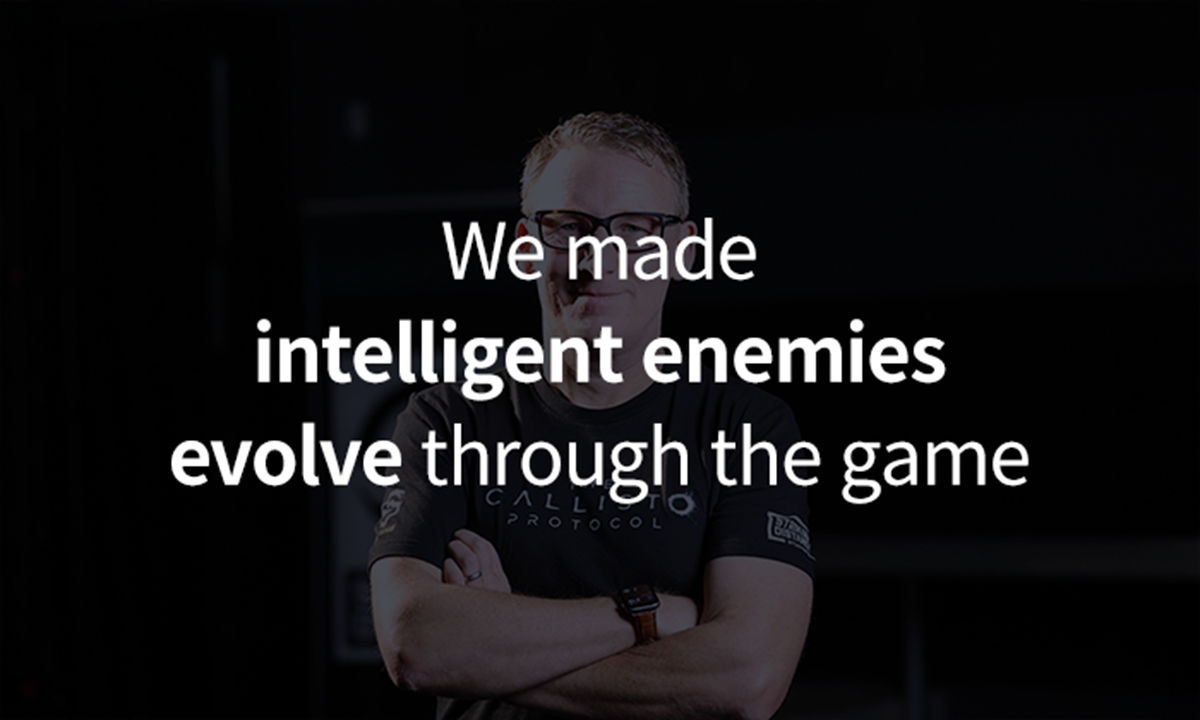
Nice to meet you! Could you briefly introduce yourself?
My name is Mark James. I’m the chief technical officer (CTO) here at Striking Distance Studios. I’m responsible for the technical investments across the studio any time we need them.
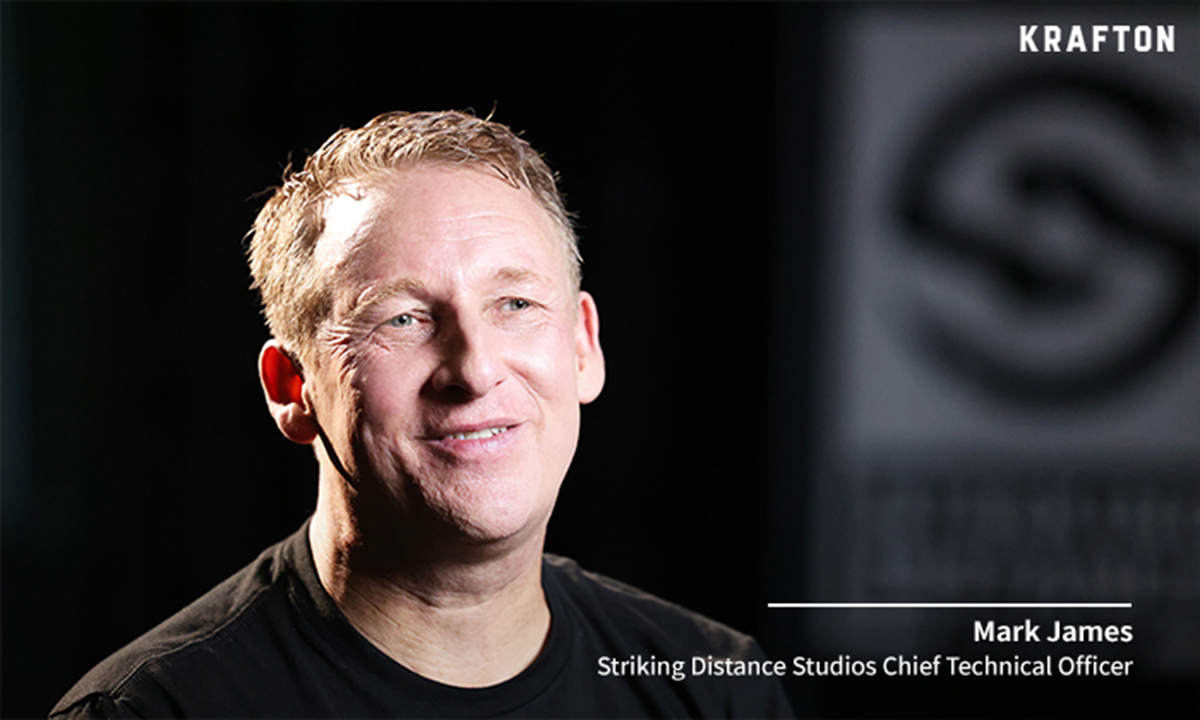
You’re one of the highly experienced developers and it’s not just within this studio. Do you remember when you made your mind to become a programmer for video games?
Yes. It happened when I was a teenager. My math teacher taught me how to program after school. He was super into programming. So when I was 16, I left school to make games. At that time, I was one of those 16-year-old boys who was dreaming of a life where I drive a fancy sports car making all the money like people did in the 80s TV shows. Yes, that was me. So, I actually didn’t have a formal qualification in software programming. I’ve just written software for the last 34 years. I know it’s almost a lifetime to some younger people. I meet a lot of people who told me that they used to play the games I made when they were younger. (Laughs)
How did you feel when Glen Schofield shared you about this project and asked you to join his initiative?
I actually joined this project because of Glen. I admired the work he did. I admired his creative process. I thought it would be a great challenge to work with him and understand how he works and how technology fits in that process.
From the CTO’s perspective, what does Horror Engineering mean to you while working on The Callisto Protocol?
Horror Engineering means something very different for me. I’ve always thought Horror Engineering is a kind of systems engineering, like how could I create a system which is constantly going to be repeatable over the game. This system is going to observe how the players behave and give them surprise in the game.
One of the best exmaples is our vent system. Enemies will constantly pop in and out in the vents and they will track you over the game. So, it’s an overall system that we put together to generate fear and tension. It’s not the specific scripted events which I think would still generate those kinds of big scares. But we wanted this kind of systems that are based on Horror Engineering. So, this concept means to me the collection of systems for the management of fear.
“Management of fear.” That sounds grand.
It is. I read a lot of books about the psychology of fear. Actually, it’s one of my hobbies to think about fear, about how fear works in our mind and what scares some people but doesn’t scare others. I love to make various things so that we can appeal to all kinds of fear.
I always think of a scare as a balloon filling with helium. Creating the fear is like making this balloon very large until it eventually pops. And the pop is the scare. But, the tension and raising that tension is like filling the balloon with helium, which means generating that fear is a part of the scare. If you don’t have the rise, then the actual scare doesn’t matter. So, we work a lot with our artificial intelligence (AI), our sound design, and all the systems to generate the ramp before the scare actually happens. Our AI constantly does that by moving around you, by generating this fear of the unknown and before we generate the final scare.
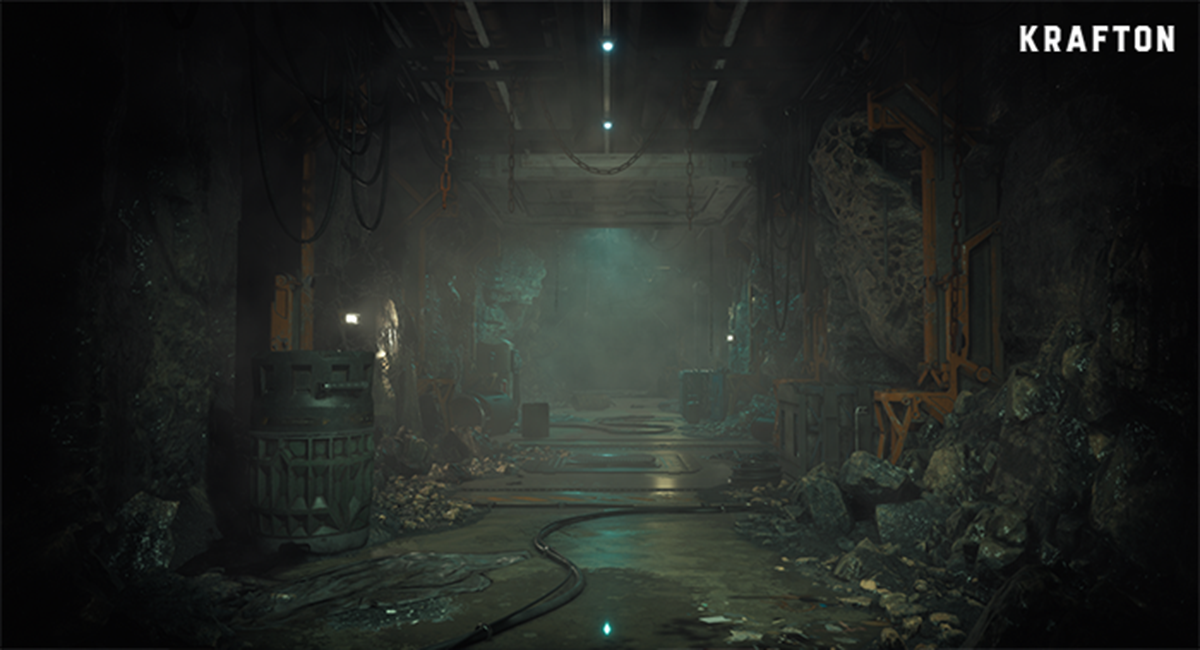
In one of your previous interviews, you mentioned that you’ve brought what is called “generative design” in making of The Callisto Protocol. Could you elaborate on what this means?
Generative design is what we’ve used a lot in making of our environments. We took this approach that if the world would have been 3D printed in our universe, it would have been very hard to get the materials in Callisto. So, whenever you design something, it should seek for the maximum amount of tensile strength possible despite the minimum amount of materials. In the environments of The Callisto Protocol, you’ll see these small connecting sections that still provide that tensile strength but with a really small amounts of material. We thought well, you’re on a dead moon and thus resources are going to be really restricted. Then how would you generate these large structures but with minimum materials? So, we looked to the architecture based on generative design where we used AI to build tension mechanisms between surfaces. We worked early on with our concept artists to generate the structures based on generative design. So if you look closely in our game’s environments, you’ll see generative design applied everywhere because we took it as a principle of how things would be constructed in this world.
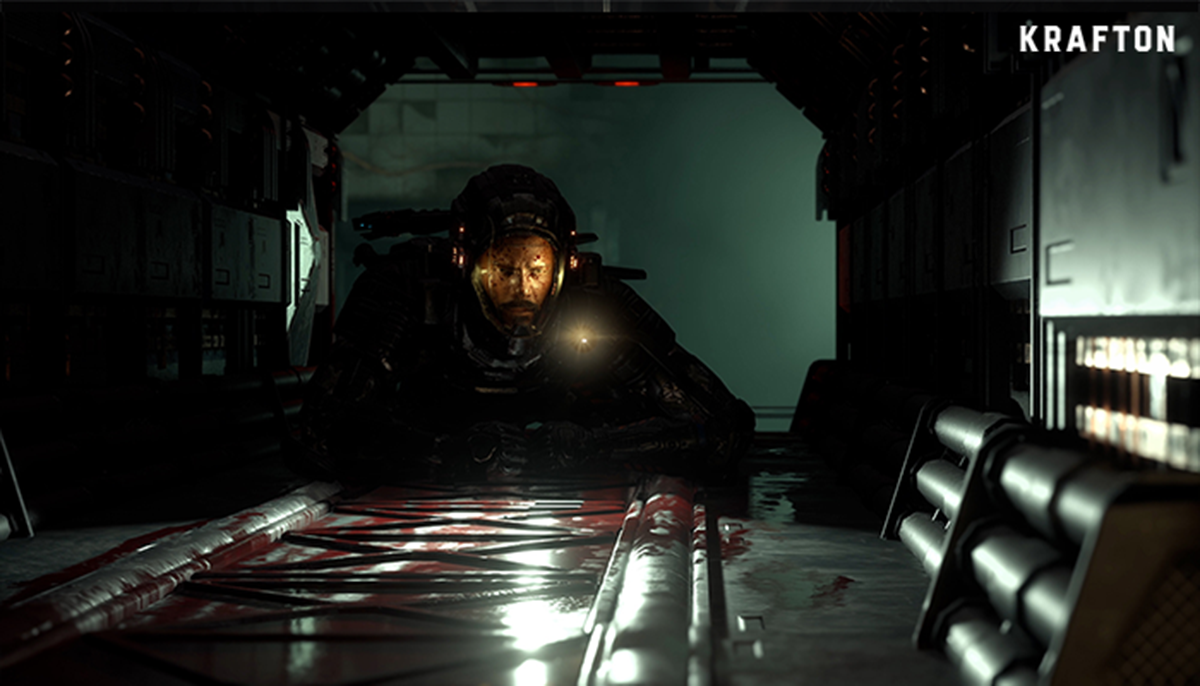
Speaking of AI, you also iterated that the AI in The Callisto Protocol is designed to “scare” the players, not just to “kill” them. What does this mean?
I’ve talked much about the features we wanted to make in this game. One of them was intelligent opponents. We wanted the opponents to feel challenging. We wanted them to feel as if they were really trying to attack you, and attack you in the best manner. So we invested a lot in our AIs and creature behaviors. One of the other things you’ll notice is that if you constantly swing your stun baton in front of an enemy, eventually it will block you. So, we wanted our enemies to vary your attack methods by their intelligent behaviors.
I think we can say the enemies are kind of evolving through the game.And this is a great part of our game because The Callisto Protocol is about this unknown virus evolving throughout the prison.
I have a funny story to tell you about this. I talked about the vent system in our game. In one of our playtests, I came into a room and encountered an enemy. But it decided not to attack me and instead it went down into the vent so it could get behind me. And I remember everybody thought it was a bug. And I said, “No, the enemy’s looking for a better vantage point to attack me.” It used the vent system to get closer to me while saveing itself before actually attacking me. So, when the AI works that way, when it gives the player surprise, that’s when it’s working well.
So, this vent system exists in this game not just for ventilation literally.
Exactly. It’s a way of our enemies get closer to you. Basically the enemies calculate how successful their attack will be depending on the distance. So, if they can narrow the distance to you, they will actually be more successful in the attack. So, the AI is making this calculation on whether it uses the vent system to get closer to you and try spawning right next to you, rather than just charge into you.
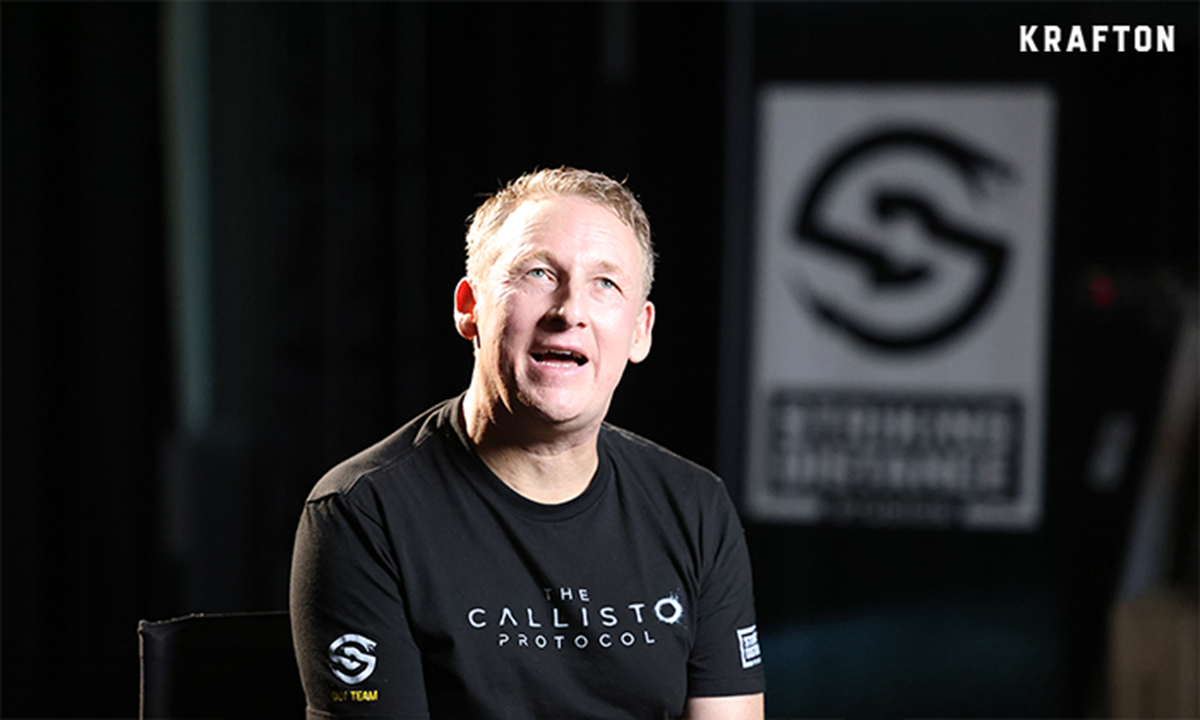
As the chief of technology here, what was the goal and the vision that you wanted to realize with this project?
When we started this game, we were aiming for the new-generation consoles. That was a super-interesting mission to solve because that meant a certain amount of technological requirements that we hadn’t had before. Things like great 3D audio engines, fast SSDs, high-spec GPUs that allowed us to do amazing things like ray tracing, which we’ve never been able to do on consoles before.
One of the key things that we wanted to do early on was to generate photo-realistic characters, movie-quality characters. We talked about movie-quality characters all the time and now I think we’ve done that. I think you can see the representations of Josh Duhamel or Karen Fukuhara in The Callisto Protocol. Everybody’s asking if they’re photos. Everybody’s asking if they’re the real actors from real filming. It’s all because we wanted to take that one-to-one representation of real-life rendering with our characters. We really wanted to focus on the characters since early on and made sure they were correct in terms of their rendering response to light.
When you make a horror game, you may lose the scare if the game is too big. Horror’s about tension and small spaces. So what we did was to put more variations. Since the beginning of this project, I wanted to make every step feels different, making the players feel that they’ve never been to the same place in the game. To this end, we used the fast SSDs to add a lot of detailed design to your interactions with the world.
How did you make it possible considering The Callisto Protocol is story-driven action game, not an open-world online RPG.
We thought of the world like layers of materials. That is, our AI starts off very clean as a surface and then the surface eventually gets dust over time. So, we thought about how can we add layers using materials we load in over time and keep those layers consistent with the interactions in the world and also varied, so it feels as if this world was lived-in. That’s where we added details. Instead of going wide in terms of complexity, we narrowed it down. So, we concentrated on minutiae surface in detail to build in complexity rather than going miles worth of rendering.
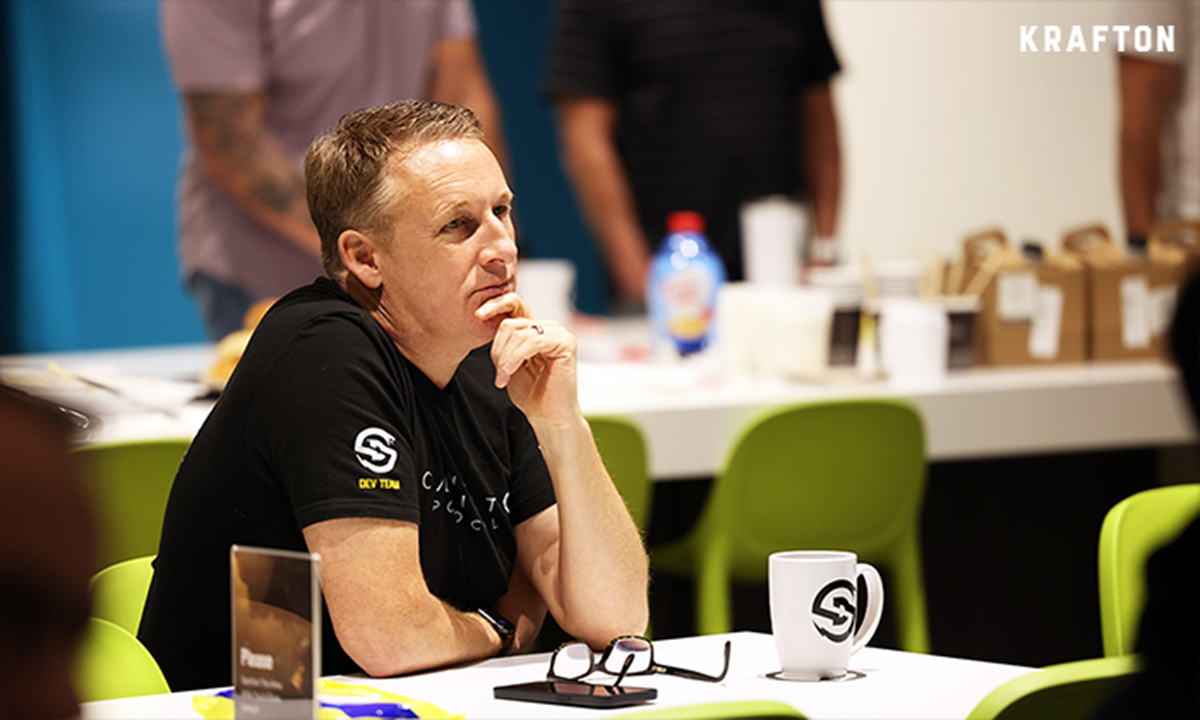
I heard you celebrated your 30th anniversary of working in this industry while you were working in Striking Distance Studios. Devoting yourself in a certain field for such a long time, probably you don’t see many things that feels really new.
Well, that’s not true. Every game, every project is a different challenge to me. Every creative I work with gives me different challenges, which is why I enjoy working with Glen. He’s a very visual creator. He thinks in pictures, he thinks in film, and he thinks in action all the time. I’ve never worked with a creative with thinks in movies. So that was very challenging for me to work out how to realize his visions in terms of technology.
And on top of that, the way we make games has changed so much over the last 30 years. When I first started making games, I made them by myself. I made every tree and every poly. I did all the artwork. I did the sound design. I even did the marketing by myself. And now the diversity we have in a studio, we have multiple companies working on The Callisto Protocol, not just Striking Distance Studios. We also have this help from KRAFTON, too. So I’d say this really is a global product. The sun never sets on our project. We’re constantly on development around the globe.
As just mentioned about working with KRAFTON, how did the cooperation work in terms of technical perspective?
It worked very well. From the beginning, we structured our works in task management. We defined our tasks very well so that we can send them out to work on. So, adding KRAFTON to our project was actually really easy. We already had a group of tasks for them to work on. When we set them a group of task, we asked them to use their own expertise, use whatever required to solve the problems. And then our colleagues from KRAFTON went through the tasks and told us they could help. We said, “Great! go at it. Send in and check in, and when you have it, we’ll review it.” That’s how we worked together. So, our structure in task management served very well to tap into the expertise from KRAFTON.
KRAFTON also has lots of experiences in getting the last millisecond out of a game. And the way with PUBG: BATTLEGROUNDS, getting that last millisecond out of that competitive shooter, KRAFTON has a lot of experience in doing that. As we came to the end of the project, in particular, that experience was really well-received here. If I need to save half a millisecond of GPU, I know our friends at KRAFTON can do it. And they loved working on a linear narrative title that’s something KRAFTON have not worked on much before. I really hope they learned something as much as we did from their expertise.
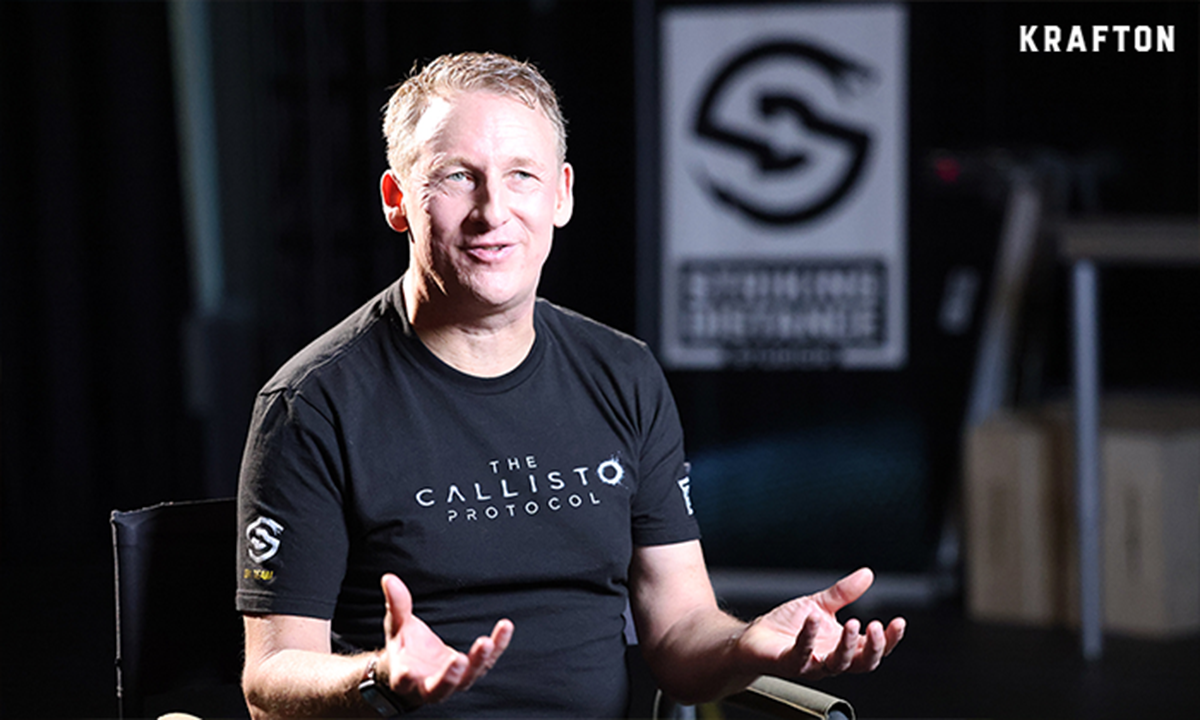
I heard you also worked closely with KRAFTON’s Global Publishing Platform (GPP) Department for the KRAFTON ID program.
I’m a big believer in the data of our users. Some people would think we don’t need online systems like the KRAFTON ID program if what we’re trying to make is a linear single-player game like The Callisto Protocol. But I’d say we need online systems to make the best decisions about our gameplay because I’ve worked with online systems before. I’ve built online systems in my previous projects and I understood the benefits of them very well. So when I heard about what they do at KRAFTON’s GPP Department, I said immediately I want to work with them.
We wanted to know when the players get scared. We wanted to know when they walk slowly down a corridor. We wanted to know whether they use a certain type of weapon in a certain circumstance. We wanted to know all this data about our players because with this we can make better design decisions in development. I think that’s where I’ve seen enormous success.
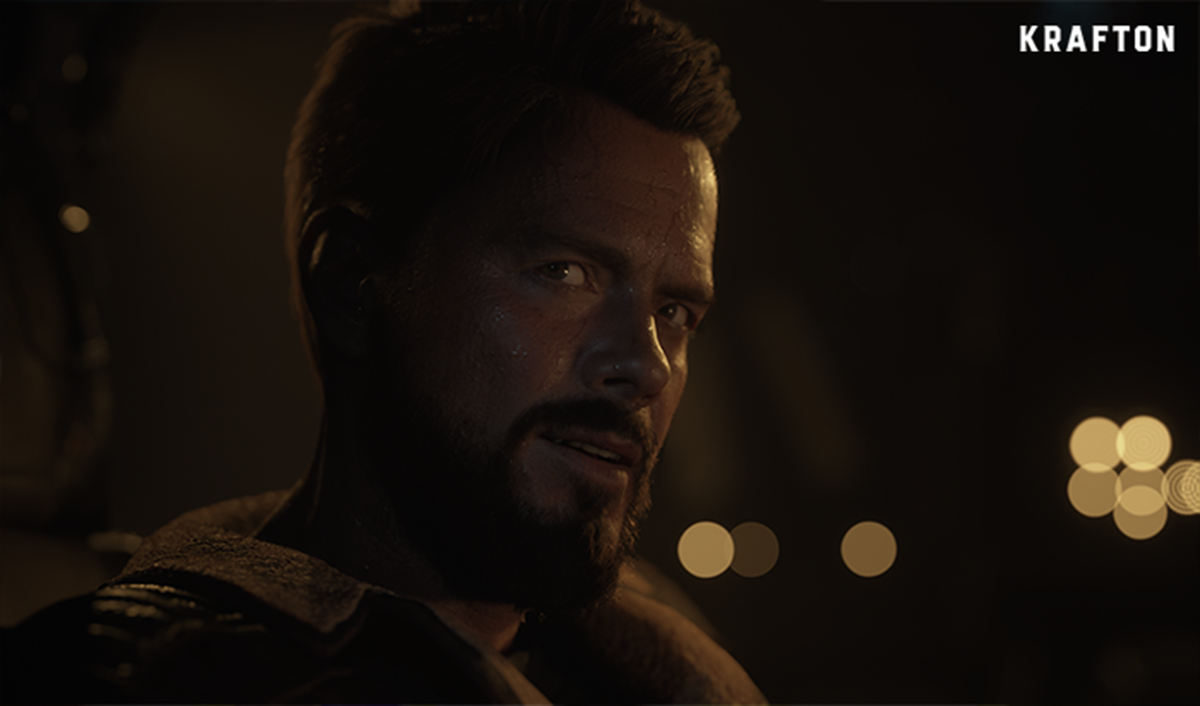
What do you think are the most significant technologies used in this game, which make it stand out among the other titles in the genre?
I think it’s our approach to rendering as a real-life interaction with light. That has provided us with a quality that you don’t see in any other game. We used a system called “OLAT” which means “one light at a time.” When we captured materials, we rotated the lights through different lighting mechanisms in order to capture the light responses of the materials. We captured the faces in this way. We captured the clothes In this way. We captured all our materials in this way. So when I used materials like metal, glass, or cotton in our game, all of them has correct light responses. That’s a different level of detail. Maybe you don’t see such details in a lot of other games often but I’m sure you will recognize it in our game. Even the minutiae that the very subtle detail is correct in its light response in The Callisto Protocol.
Yes, for many people this sort of technology may not be so recognizable. But they’ll notice the quality. They’ll notice the quality that it feels right, like that’s really Josh and that’s really Karen because they feel that the quality of their light response is there.
That reminds me of what Glen said. He highlighted the word “quality” so many times in his interview.
We’ve built a studio where each individual lives to be the best craftsperson they can. In fact, one of our studio’s key philosophies is to be better craftspeople. And I always like to think about carpentry. Anybody can make a chair, but no one can make “that” chair. The chair they’ve always wanted to make. And so we have lots of people working here who want to do the best job they’ve ever done in their profession. The best animator, the best rendering guy. I want to be the best CTO I’ve ever been. So, everybody has that self-fulfillment that they want in this project. And they want this project to be an example of their best work, the best craft they have.
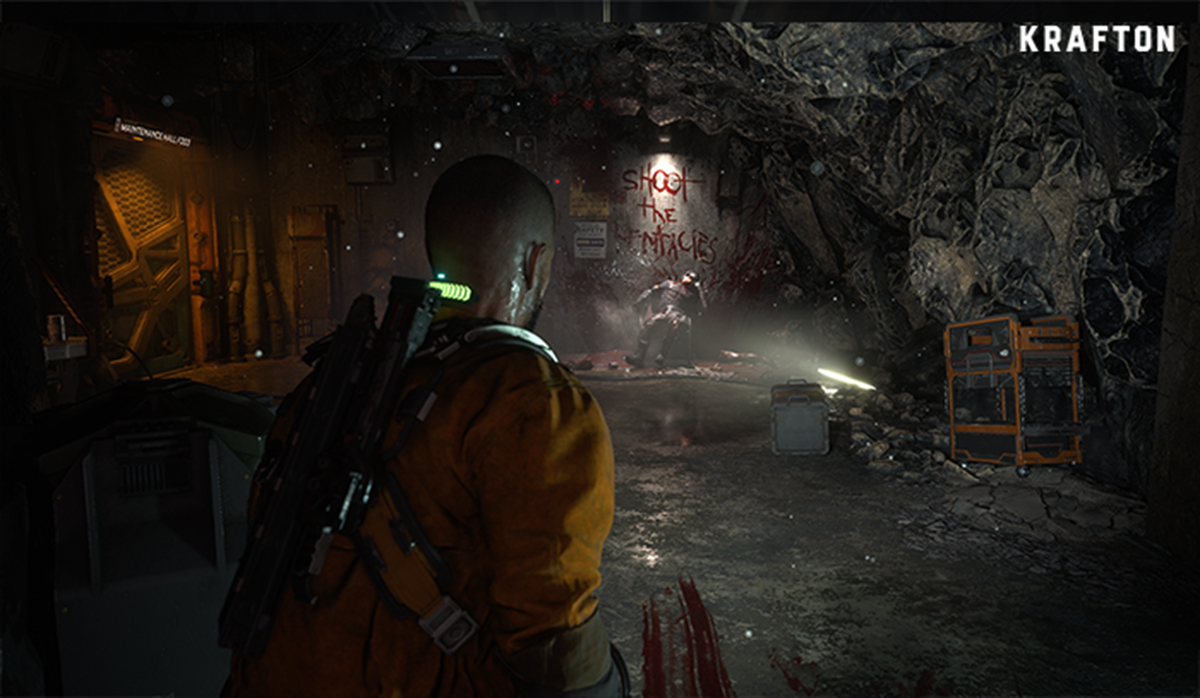
Let’s talk a bit about audio experiences you’ve worked on. What efforts did you and the developers have made to make the game more immersive in audio?
We’ve got the amazing 3D audio hardware in the next-gen consoles which means we can now do stuffs that we’ve never been able to do before. So, we worked on what is called the positional audio all the time. With this, I can make a sound with attenuation sounds exactly where it is in my headphones or in my surround sound system. And that’s amazing boost for horror.
I can also make a noise sound different depending on the position of the character. One of the things we used for this was “portaling.” It is a way in which how does the sound behave when you hear it from another room. The sound portals through the expanse of a window or a door or any obstruction that it has in the room. So, if someone’s in a room next to you and they shout, they sound as if they’re exactly in that room because the correct volume, the correct attenuation, and the correct bouncing of that audio are there for the individual sound cue. We couldn’t do that in the previous generation consoles. It’s still difficult to do on PC without dedicated hardware. But these new consoles allowed us the processing power to deal with this correct 3D representation of positional sound.
Last question. Do you have any comment for the horror game fans around the world?
What we said when we started this game was that we wanted it to be the scariest game that you’ve ever played. And we really tried hard to understand fear and understand what makes things scary. Some people may have a fear of height. We’ve got the representation of height in our game. Some people have a fear of spiders. We’ve got a certain enemy that looks very spider-like in our game. We’ve really done a lot of research to what fear means. Fear is just not the visceral nature of gore. So for us, it’s about understanding the overall fear across there. Some people are scared of darkness. Some people are scared of sounds. Some people are scared of water. Hopefully you should see the representation of that and see at least something in the game that promotes your fear.

Read more about
The Callisto Protocol and Striking Distance Studios
at KRAFTON Blog
